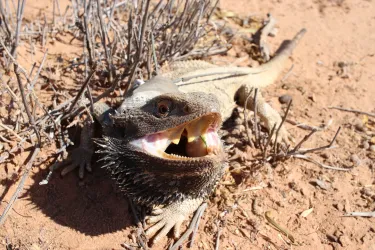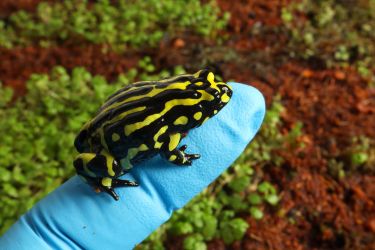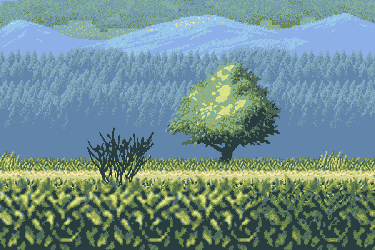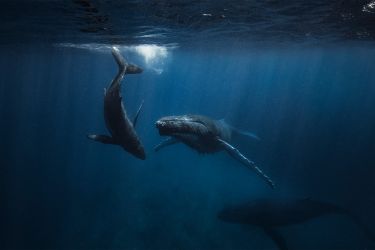Conservation

Environment
Research
Thermal drones are helping to monitor some of Australia’s most elusive wildlife
Thermal camera-equipped drones are revolutionising wildlife surveys in Victoria’s native forests

Environment
Research
Saving the giants of the Australian forest
Mountain ash forests are predicted to lose a quarter of their trees by 2080, releasing over 100 million tonnes of stored carbon into the atmosphere. But there is a way to limit further loss

Environment
Research
Speedy bearded dragons are sprinting towards danger
A study monitoring the activity of lizards in the Australian wild found that, surprisingly, the fastest lizards are also the most likely to die

Arts & Culture
Under the Microscope
The journey of a master dyer
The tradition of Bhutanese organic dyeing is gradually disappearing. But master dyer, Kencho Dekar, is working with the Grimwade Centre to preserve the vibrant colours and stories in Bhutanese textiles

Sciences & Technology
Research
By sequencing the genome of the endangered Southern Corroboree Frog, we could save it
For the first time, the genome of the Southern Corroboree Frog has been sequenced – a major milestone in efforts to conserve this critically endangered species

Arts & Culture
Opinion
Conserving our cultural record is more important than ever
Any loss of our historical record – accidental or intentional – leaves us less able to understand the past or make informed decisions about our future

Environment
'Videogame ecology’ can help us understand the climate crisis in our forests
New research is using computer game models to ‘challenge’ Australian plant species to survive future climate and fire scenarios

Environment
Q&A
Q&A: How a ‘pooter’ is helping endangered grasshoppers find new homes
Translocation is helping protect the endangered Key’s Matchstick Grasshopper and enhancing ecosystems in south-eastern Australia

Environment
How whales struggle to navigate in a sea of noise pollution
New modelling shows that as noise from shipping and other human activities surges, whales will find it increasingly harder to successfully migrate

Sciences & Technology
Opinion
Victoria’s new habitat law fails to protect a tiny endangered species
A critically endangered wingless stonefly in Australia could face extinction after the government went against scientific advice